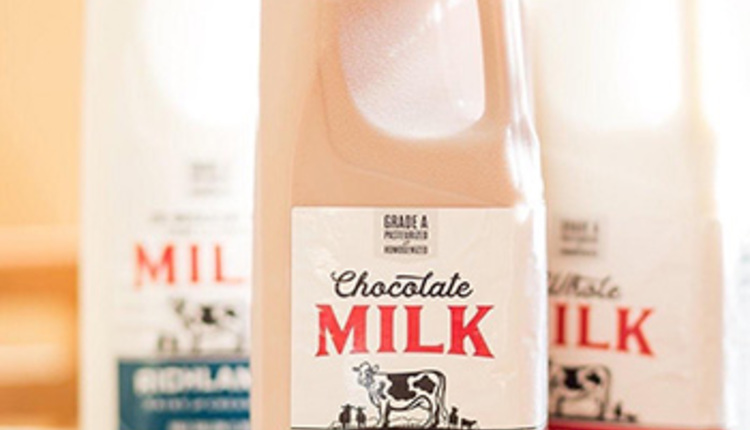
World Dairy Expo is not only home to one of the most historic dairy shows across the globe, but it also hosts crucial forage seminars throughout the week for producers and attendees to gain inventive knowledge.
John Grabber, a research agronomist for the U.S. Dairy Forage Research Center, presented on interseeding alfalfa into corn silage at World Dairy Expo on Wednesday, October 2. “The reason we’re trying to develop this system is to take care of several issues or shortcomings we have with corn and corn silage/alfalfa rotations,” said Grabber. He went on to explain that one of the reasons that producers are shying away from alfalfa is because it produces lower forage yields compared to corn silage.
The goal is to use the alfalfa as a cover crop growing among the corn. This can help protect the soil and provide a kick start for full alfalfa production the following year. “What we want to see is a good stand of alfalfa going into the fall,” stated Grabber.
Like most new ideas, seeding alfalfa into your corn silage crop is easier said than done with issues of planting at a high density and shading. One of the three steps to ensure alfalfa survival is to interseed alfalfa soon after the corn is planted and harvest the corn early. Grabber also explained that he and others are still investigating the difference between planting alfalfa with the corn or waiting until the corn reaches the V-2 stage (10 to 14 days).
Another step toward alfalfa survival is the application of “plant protection” products such as prohexadione, fungicides, and insecticides if necessary. “Prohexadione is a growth retardant, reduces top growth of plants, and encourages root growth.” Grabber went on to say that, “Fungicides and insecticides are useful to help the alfalfa retain leaves under the corn.” He also hopes that prohexadione will be labeled for use on alfalfa interseeded into corn for the next growing season.
The third step Grabber expanded upon was interseeding adapted alfalfa varieties. Some varieties seem to work better than others, but Grabber thinks it may be related to the amount of root growth that the alfalfa seedlings put down during their establishment under corn.
In order for this practice to return any profit, Grabber mentioned, “We want to be aiming for a fairly high establishment success and not too much yield drag on corn.” There is a chance for any cover crop system to produce some extra cash, but that depends on if it works reliably well. “There’s a number of things we continue to work on to try and optimize this system.” If it fits your system and management, interseeding alfalfa into corn silage could be a possibility for many dairy producers.

Sarah Thomas grew up in Pittsboro, N.C., showing and raising dairy heifers. Thomas attends Virginia Tech, majoring in dairy science with minors in agricultural economics, communication, and Spanish. On campus, she’s involved with Dairy Club, Sigma Alpha, and has been a member of the Virginia Tech dairy judging team. Thomas was the 2019 Hoard’s Dairyman summer editorial intern.








